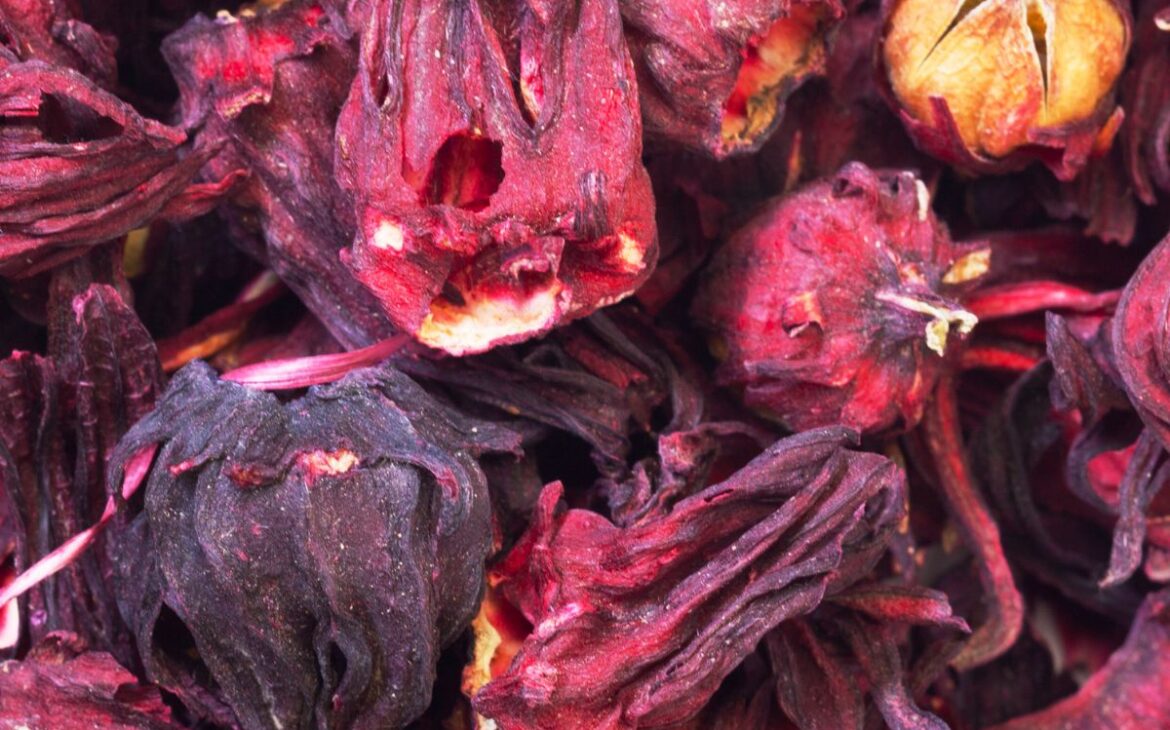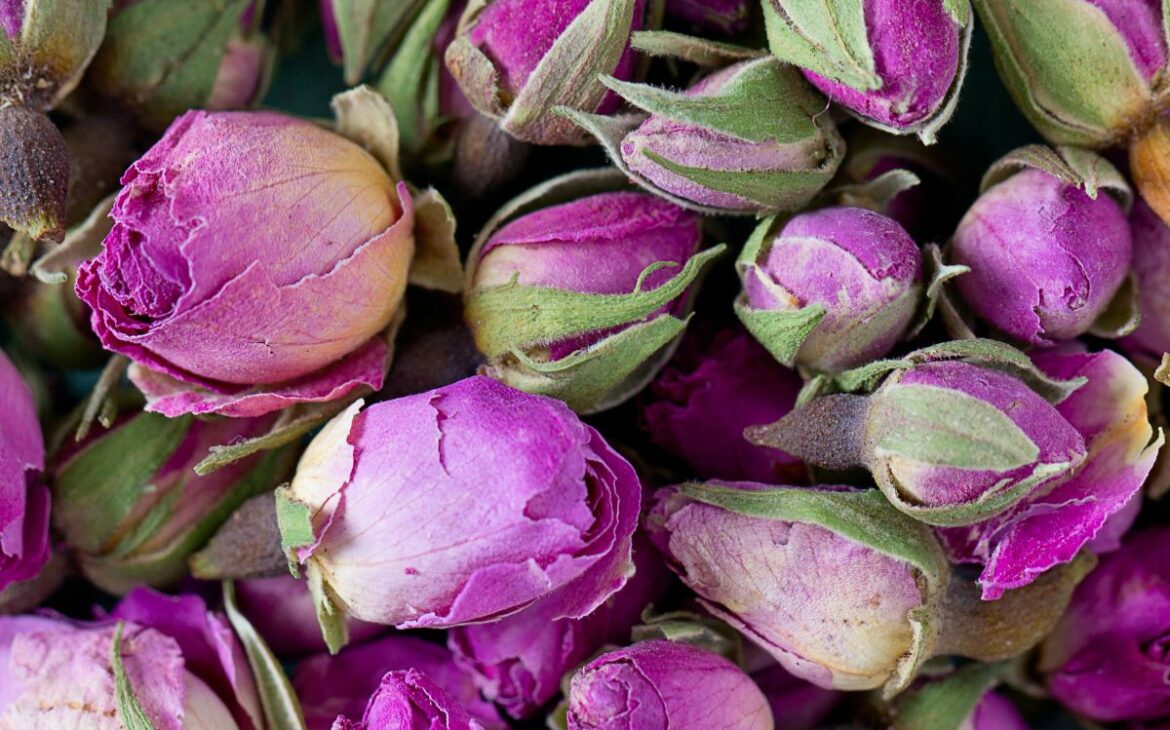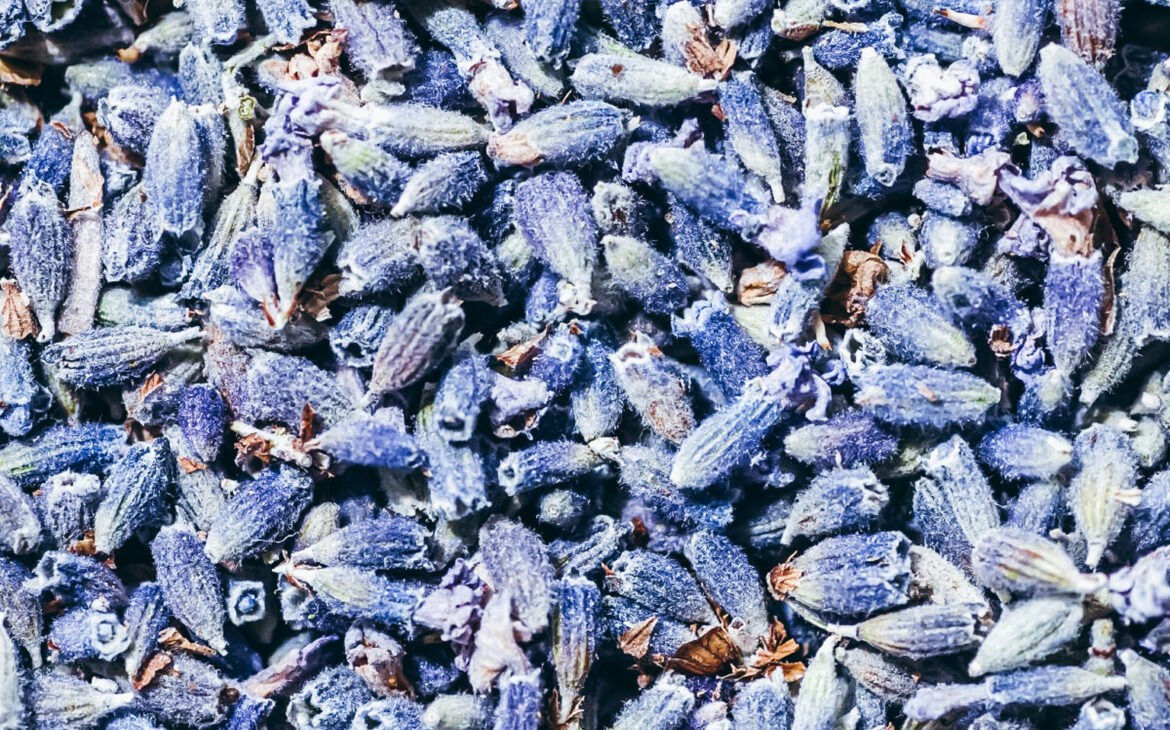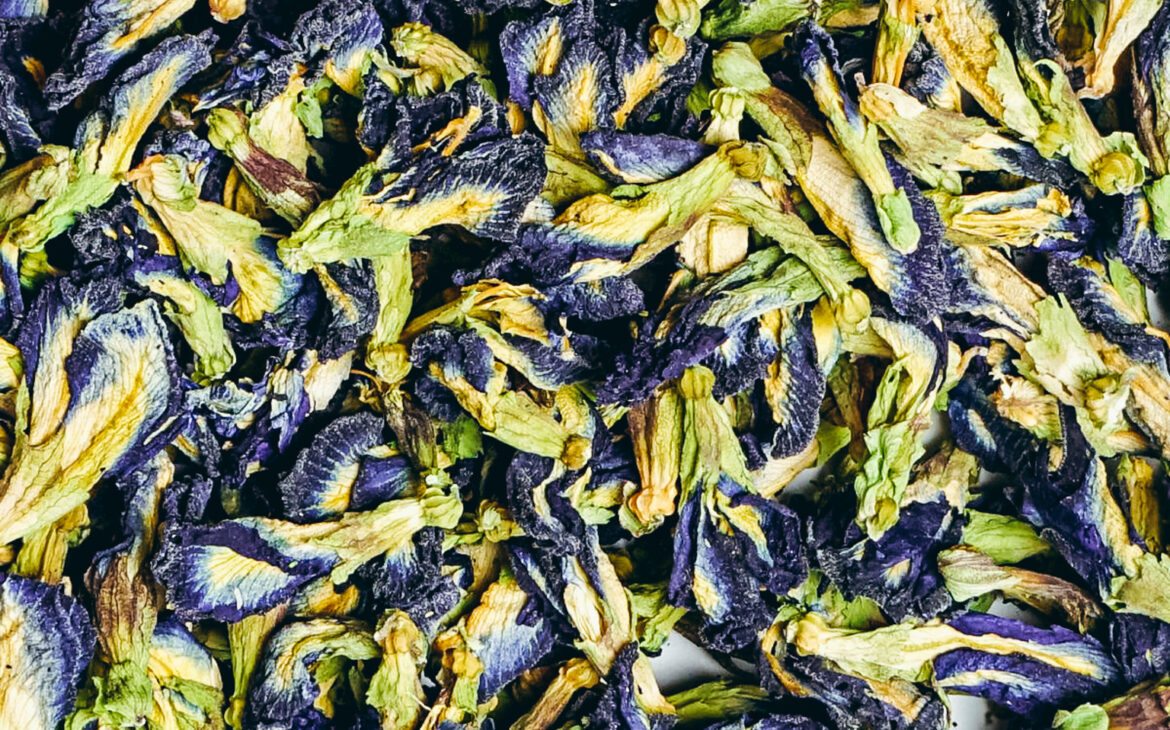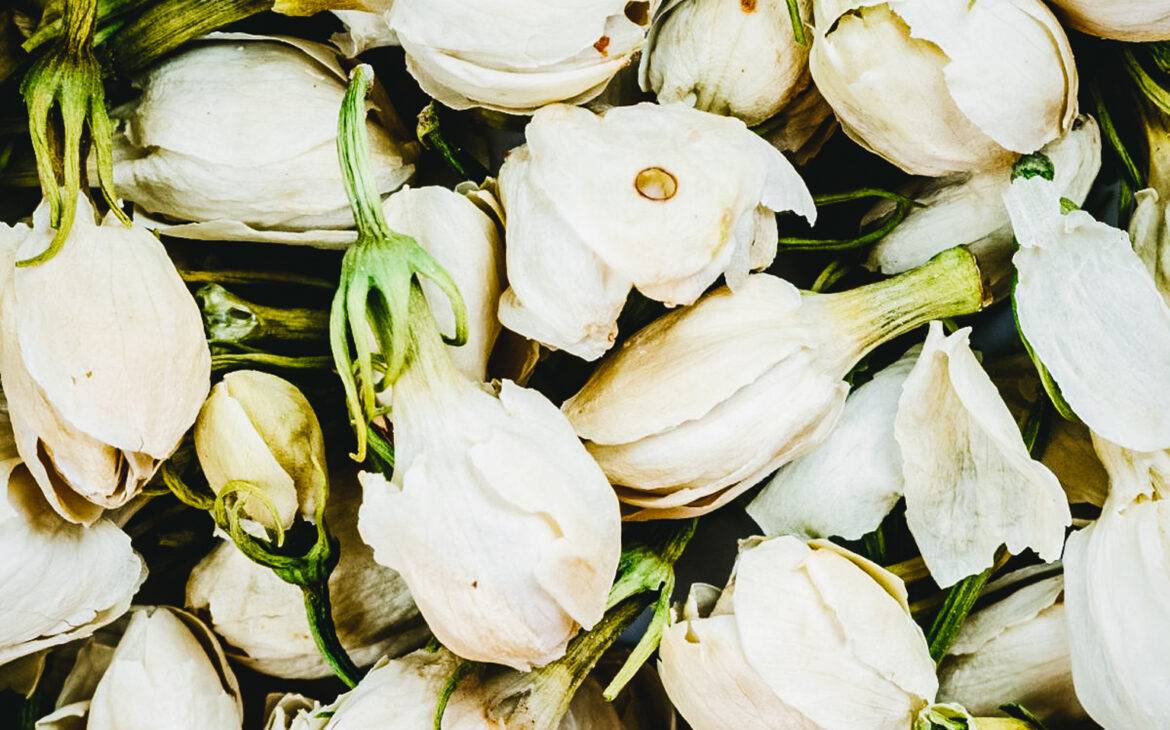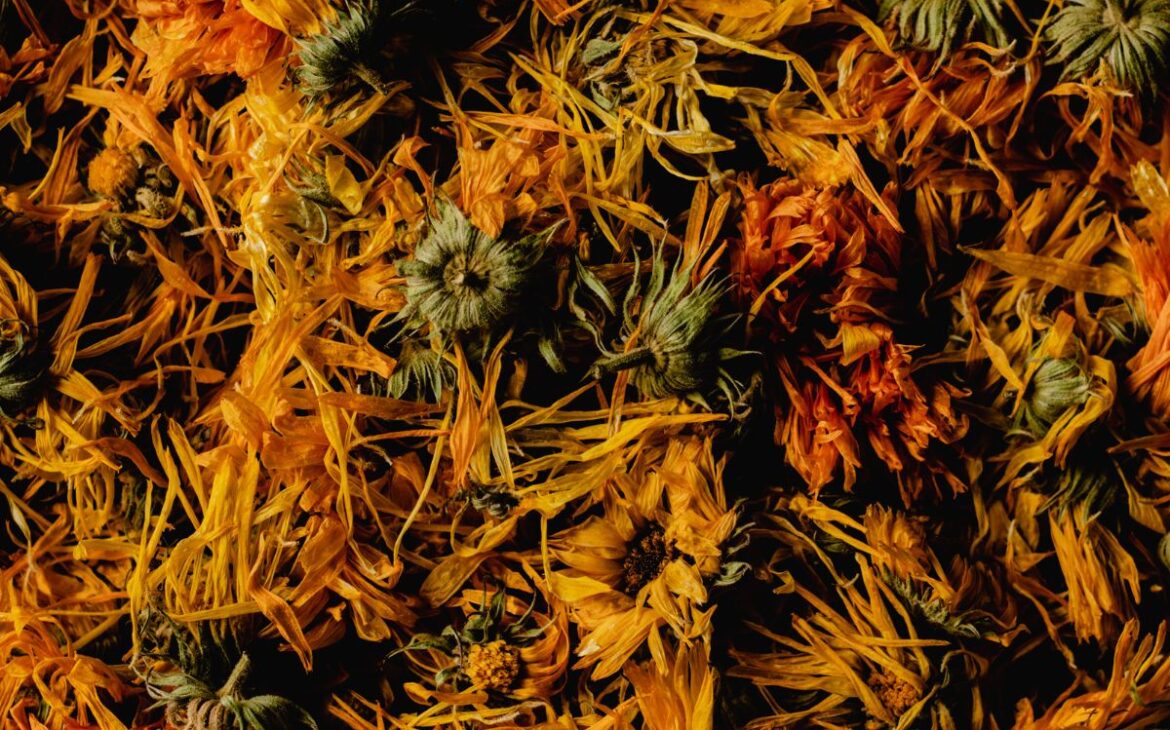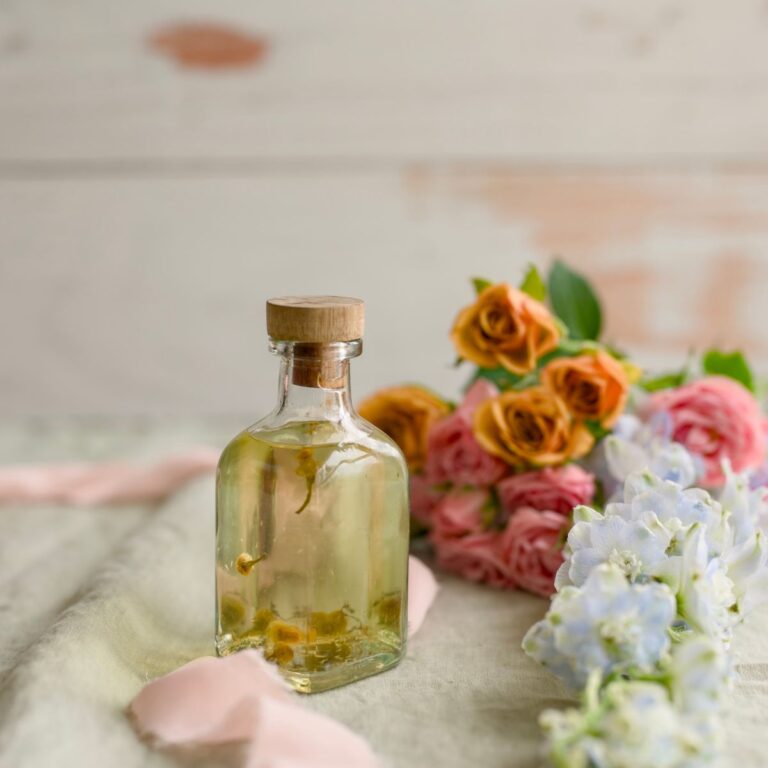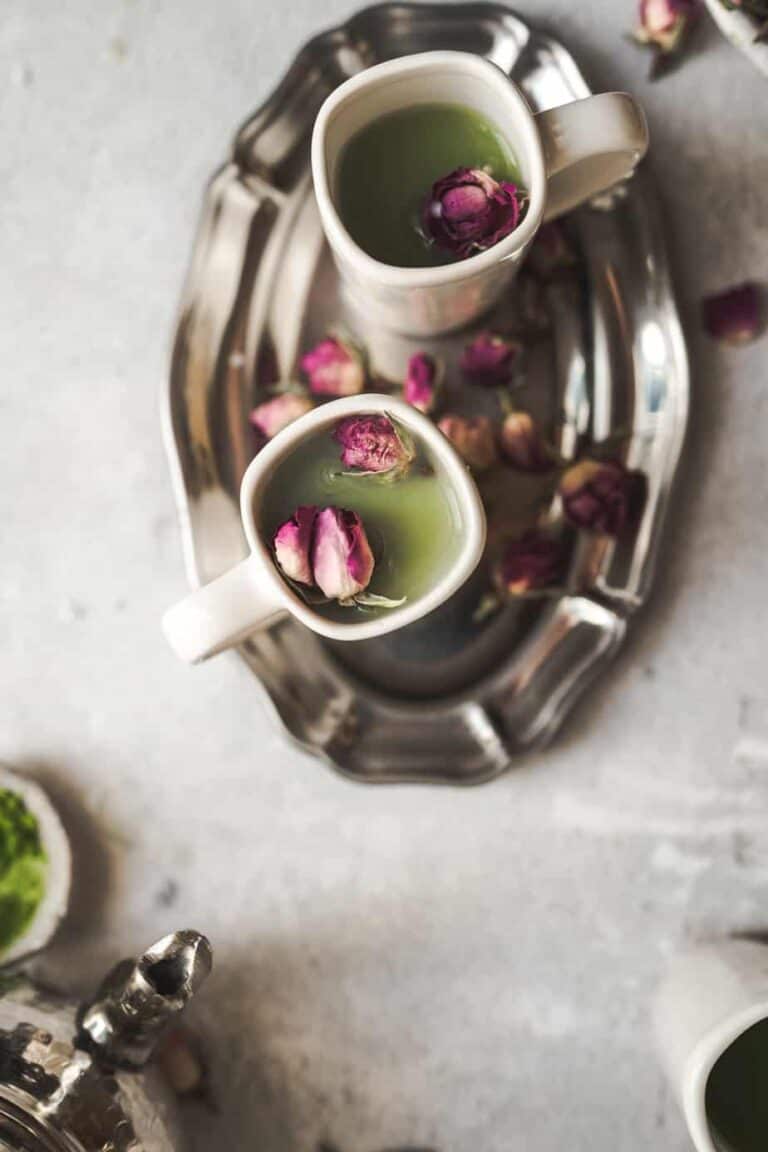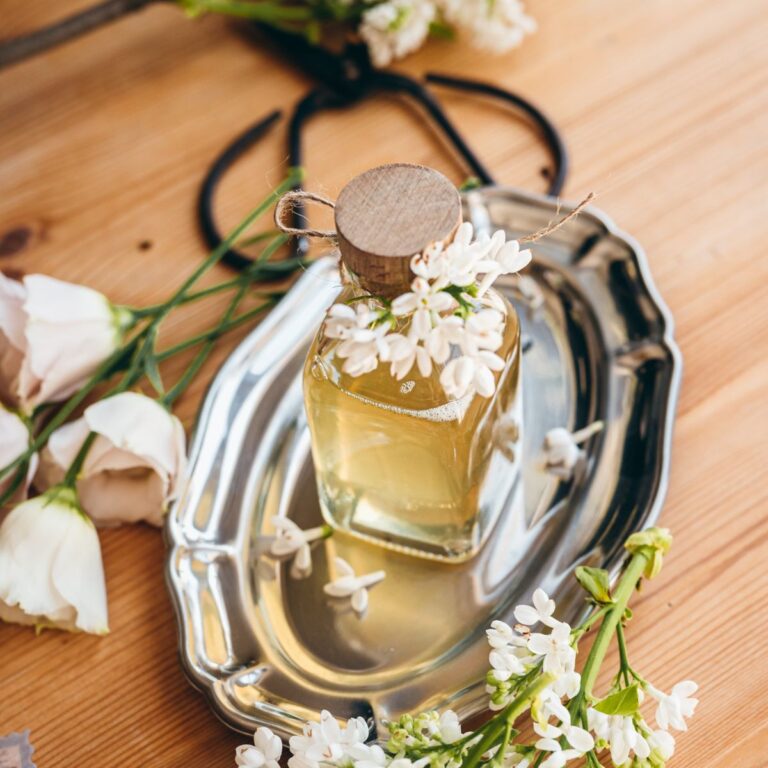Get flower power with these medicinal flowers with impressive benefits
Experience the therapeutic powers of flowers. The innate richness of antioxidants, vitamins, minerals, and amino acids present in these blossoms is a must-have for your daily self-care routine. Immerse yourself in our alluring collection of the most desirable and captivating medicinal flowers, just a click away!
Lately there has been a notable surge in social media content featuring visually stunning cake creations, oftentimes decorated with non-consumable blossoms. In an effort to impart valuable knowledge, I have taken it upon myself to share a post that highlights the edible and medicinal flowers readily obtainable through online channels.
This collection will serve to provide effortless access to the extraordinary benefits bestowed by these botanical gems. May this list foster a love affair between you and the natural world, and grant you a deeper appreciation for the wondrous flora that surrounds us.
For this post, these flowers are organic, dried and preserved, and often used as tea. They can also be used as a garnish or infused in honey, tinctures, salves, vinegar, and so much more. If you're curious about reading more about medicinal flowers but are interested in ones you could grow in your garden or forage in nature, or buy fresh online, we have guides for you too.
Saffron (Crocus sativus)
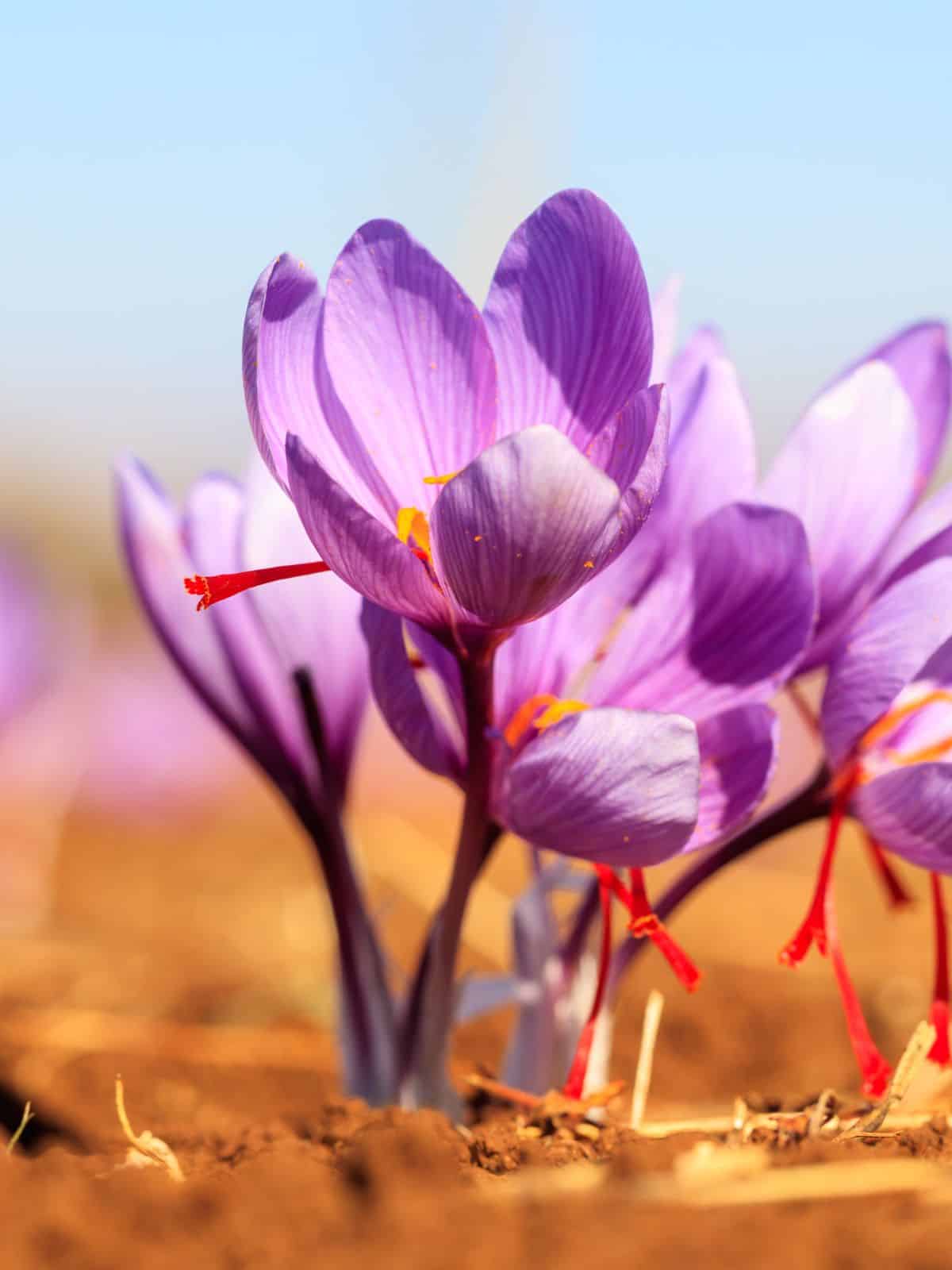
Saffron - golden-hued and deeply fragrant - is a flower that has captured the imaginations of people all over the world. Yet, despite its widespread popularity, there's a reason why saffron is nicknamed "red gold": it's the priciest flower on the planet. Seeking out even a handful of these delicate saffron stigmas can leave you with a hefty bill, as prices can skyrocket upwards of $1,500 per pound. What makes saffron so valuable? Its harvesting process is a feat of human dedication, with 440,000 stigmas needing to be picked by hand for just one kilogram. It's a testament to the hard work that goes into bringing this luxurious ingredients to our tables.
And in addition to being downright bouji, it's also known for its natural healing properties. Research suggests that compounds found in saffron, including crocin, crocetin, and safranal, may help alleviate mental depression and low moods. [source]

Hibiscus (Hibiscus rosa-sinensis)

The Hibiscus, a stunning flowering plant from the mallow family, comes in various herbs, shrubs, and small trees, comprising more than a hundred species used for food and medicine worldwide. In addition to its beauty, a 2015 review discovered that drinking Hibiscus tea can substantially lower high blood pressure, specifically, its systolic and diastolic levels - on average by 7.58 and 3.53 mmHg, respectively. However, experts advise caution for individuals taking medications to manage hypertension, as it may interact with the drugs. (Trusted Source).
While hibiscus tea may be a safe and natural way to help lower blood pressure, it is not recommended for those who are taking medications to treat high blood pressure, as it may interact with these drugs (trusted source).
Did you know that hibiscus extract may have potential benefits in reducing oxidative stress and protecting against cell damage? According to a study in people with Marfan syndrome, infusion of hibiscus extract increased antioxidant levels in the blood. (Trusted Source) Similarly, an animal study found that hibiscus extract helped protect rat cells from damage. These findings suggest that hibiscus extract may have promising therapeutic applications in preventing cell damage and maintaining overall health. (Trusted Source)

Rose (Rosa rubiginosa)

Roses, with their prickly stems and glossy green leaves that have toothed edges, are a true sight to behold. These stunning flowers come in a wide array of colors, from soft pastel pink and peach to vibrant yellow, orange, and red. They even have a delightful fragrance, and produce rose hips, which are also extremely medicinal. But did you know that besides being simply gorgeous, roses are also extremely beneficial? They can also be used to make stunning and delicious rose water at home, and other tasty recipes. Among all the natural remedies out there, rose honey reigns supreme as my absolute favorite.
- According to Journal of Agricultural and Food Chemistry roses exhibit very strong radical scavenging effect and antioxidant power
- Its petals are nutritionally dense, containing an abundance of vitamin A, B, C, E
- In Ayurvedic medicine, roses are believed to to balance the heart chakra
- Roses are calming to the central nervous system according to thel Journal of Experimental Biology
Enjoy our rose recipes.

Lavender (Lavandula angustifolia)
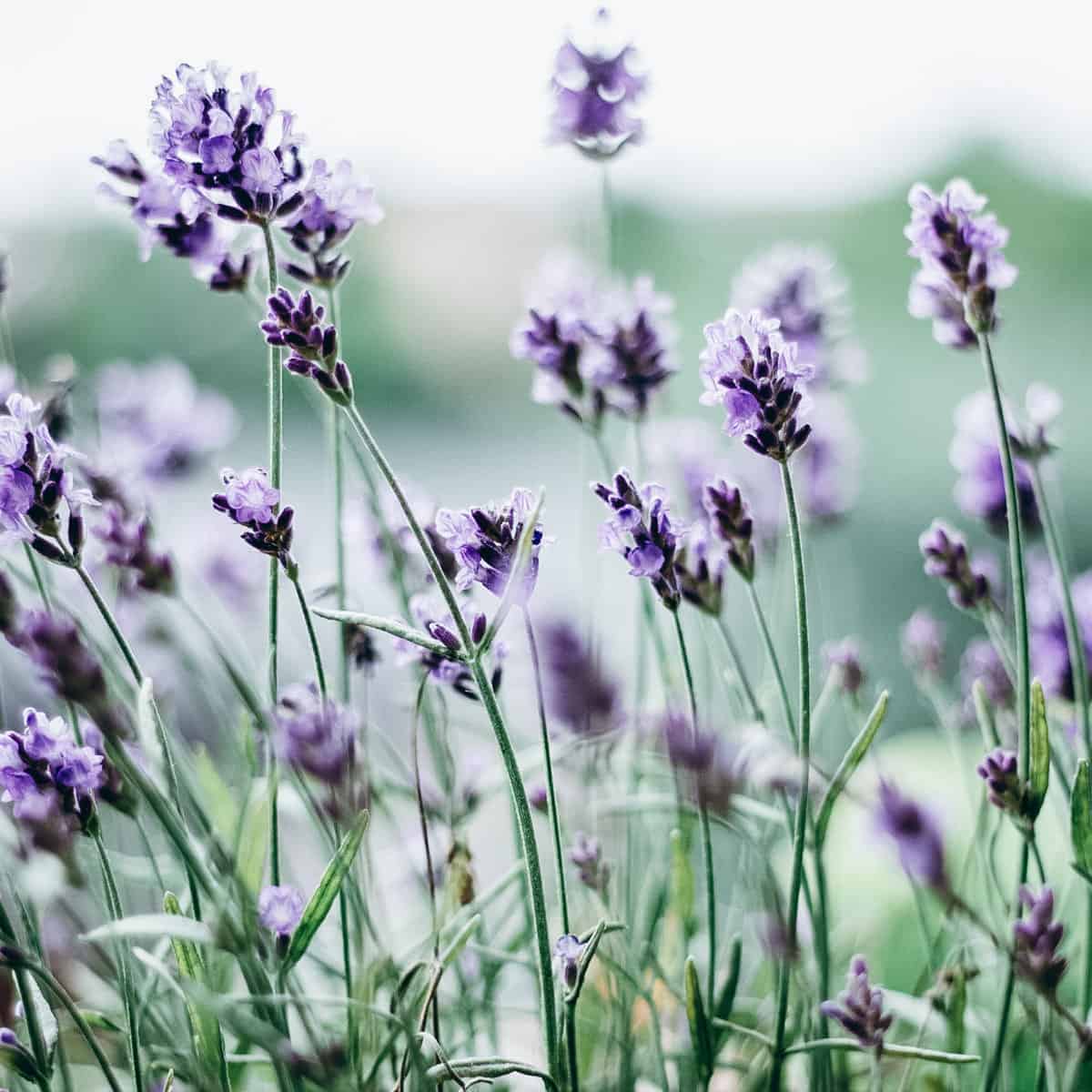
Lavender awakens the senses with its signature scent, derived from the small blue-violet flowers that grow on its branches. With its oblong tapered leaves and upright, leafy shoots, this plant is instantly recognizable. But did you know that lavender can also help support healthy sleep patterns? Recent studies suggest that the plant's essential oils can boost your body's melatonin levels, leading to a more restful night's sleep. So why not add a touch of lavender to your bedtime routine and drift off to dreamland?
Think of lavender as more than just a pretty plant – it's a real-life superhero! Recent research shows that lavender has impressive pain-reducing capabilities, making it an effective headache remedy. (Trusted source) But that's not all – lavender can also work wonders on our mental health. Thanks to its calming effects on the nervous system, lavender can soothe anxiety, lift our mood, and even decrease blood pressure. And if that isn't impressive enough, lavender has also been historically used as a natural antiseptic, thanks to its ability to kill harmful viruses and bacteria. In fact, it was used to clean hospital wards long before antiseptics were even invented!
Enjoy our Lavender recipes.

Butterfly peA (Clitoria ternatea)
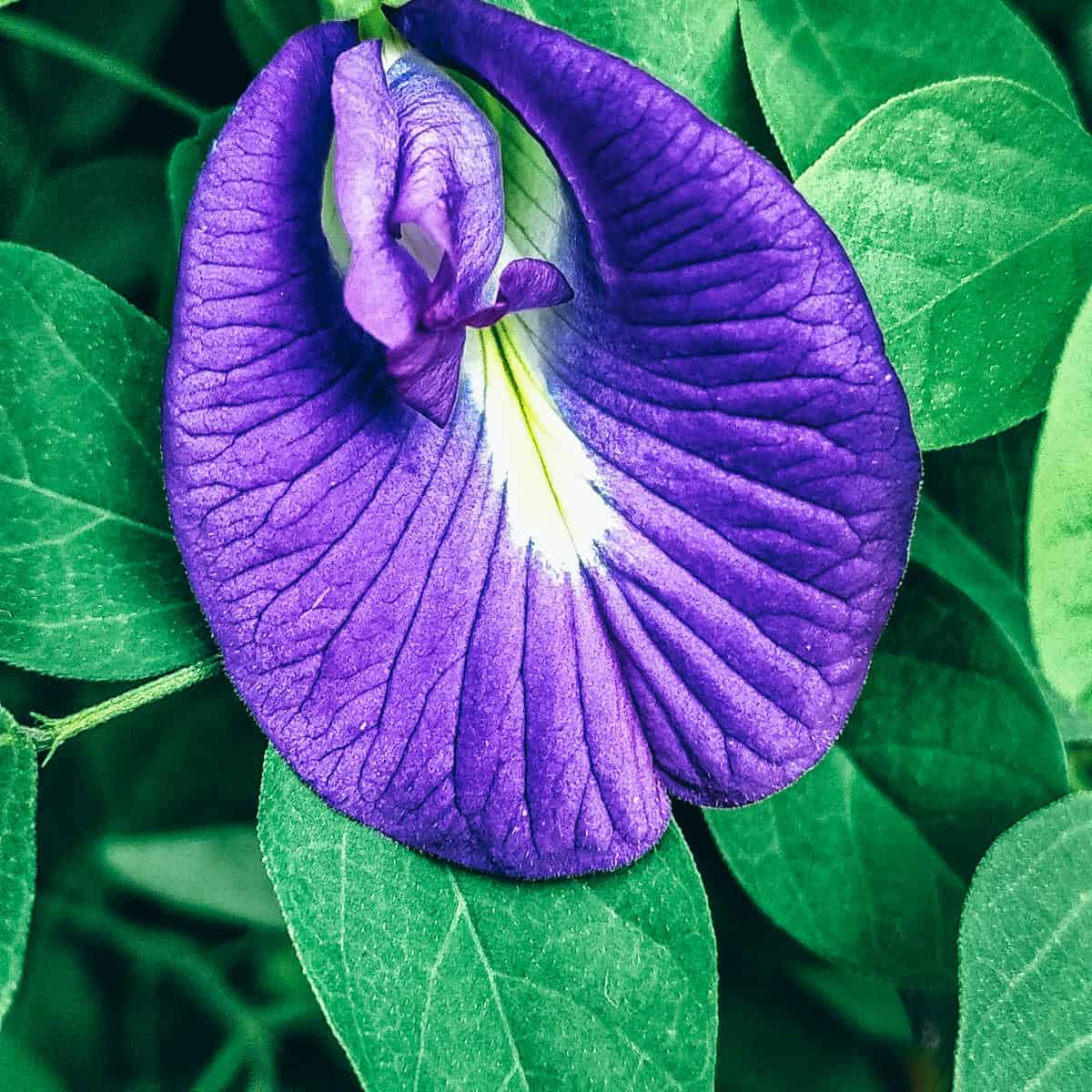
The butterfly pea, with its electric blue flowers, is a plant native to Asia that boasts more than just eye-catching beauty. Lauded for its medicinal properties, this plant has been linked to a myriad of health benefits. While it's known for its color-changing traits, its potential to promote wellness is what truly makes the butterfly pea a wonder of nature. (1Trusted Source)
Also known by its scientific name, the butterfly pea is a plant native to Asia. You may recognize it by its striking, vibrant blue flowers . It's popular for it's unique color changing properties, but it’s known for its medicinal properties and has been associated with a variety of potential health benefits.
The butterfly pea flower is not only visually stunning, but also packed with antioxidants, specifically anthocyanins, which give it its unique color. (1Trusted Source) It is no wonder why manufacturers use it in cosmetics and natural food and textile dyes. The ternatins, a type of anthocyanin, found in butterfly pea flowers have been shown in studies to reduce inflammation and even potentially prevent cancer cell growth. (Trusted Source) This flower's antioxidant power doesn't stop there, it also contains other beneficial antioxidants, making it a valuable addition to any health-conscious individual's diet. (Trusted Source)
Enjoy our Butterfly Pea Flower Syrup.

Jasmine (Jasminum)
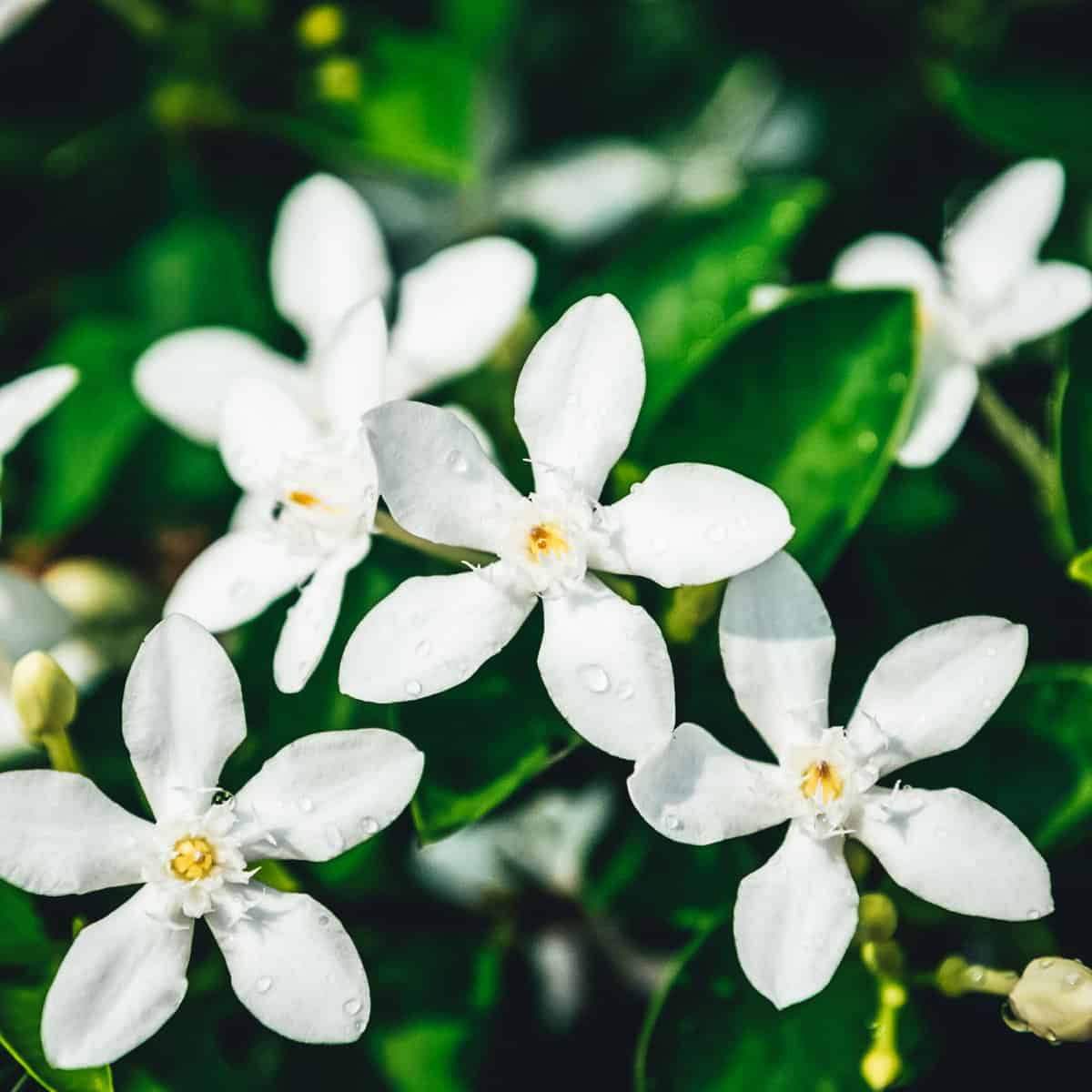
Imagine delicate and vibrant flowers that come in shades of white, yellow, and even pink. Each flower boasts a unique form - tubular with a flaring, lobed, pinwheel-like appearance. You may have even seen some double-flowered variations that have been carefully crafted by growers. The foliage of these plants is equally captivating, with evergreen or deciduous leaves made up of two or more leaflets. While some species have simple leaves, each one is a stunning addition to any garden or landscape.
Tea made from Camellia sinensis is more than just a soothing beverage. It's packed with polyphenols, amino acids and minerals that can give your body a boost. One of the most powerful of these is epigallocatechin-3-gallate, or EGCG, a type of catechin that's been shown to have potent antioxidant properties. (Trusted source) As well as helping to reduce the risk of cancer, catechins have also been found to have anti-diabetic, anti-inflammatory and anti-viral effects. (Trusted source).
They may even help to reduce the risk of developing bacterial infections. But that's not all. Studies have also suggested that oxidized EGCG can potentially reduce cancer development by inactivating epidermal growth factor receptor. (Trusted source) So, making a habit of sipping on tea could be a smart move for your health!
Enjoy our Jasmine flower greyhound.

Chamomile (Matricaria)

Did you know that true chamomile, an annual plant with slender spindle-shaped roots, grows in a heavily branched and upright stem that can reach up to 80 cm in height? Its leaves, which are long and thin, shapes that make it a unique and beautiful plant to behold. But, chamomile is more than just a pretty flower
Chamomile has been revered for centuries for its numerous health benefits. This all-natural remedy serves as an anti-inflammatory, antioxidant, and mild astringent, making it a go-to for those seeking healing. This plant has been used to treat an array of ailments, ranging from skin irritations and burns to canker sores and neuralgia. Chamomile even works wonders for mastitis. (Trusted source)
Chamomile is also prized as a gentle sedative to ease anxiety and insomnia, while also being effective in treating digestive problems like indigestion.. Chamomile has even been used to treat fevers in children and as a uterine tonic for women. It's truly a versatile herb with a long history of medicinal use. (Trusted source.)
So, the next time you're feeling under the weather or dealing with pesky skin issues, consider turning to this ancient remedy for some natural relief.

Calendula (Calendula officinalis)

Discover the versatile and beautiful Calendula, an annual plant that thrives in almost any soil and can be found in Europe, Western Asia, and the United States. Belonging to the same family as daisies, chrysanthemums, and ragweed, this stunning plant boasts branching stems that can grow up to 60 cm in height. With its vibrant blooms ranging from yellows to oranges to reds, the Calendula is a sight to behold from early spring until frost.
The petals of Calendula are packed with flavonoids, which are believed to possess a range of therapeutic properties such as fighting inflammation, preventing blood clots, treating diabetes, preventing cancer, and protecting the brain. Don't miss out on this all-natural wonder that can help your skin heal and thrive.
Enjoy our Marigold Tea + Roasted Butternut Squash and Marigold Soup
I hope to have inspired you to pick a pretty vintage mug, brew some flowers and get more beauty out of your day. Flower teas are specifically rich in vitamins and antioxidants, which provide a much-needed boost to the immune system. Additionally, they contain minerals like iron, potassium and manganese that offer an array of health benefits. So, sip on some floral goodness and become a goddess of nature. If you have any questions or want to share your favorite tea blends, I'd love to know!


